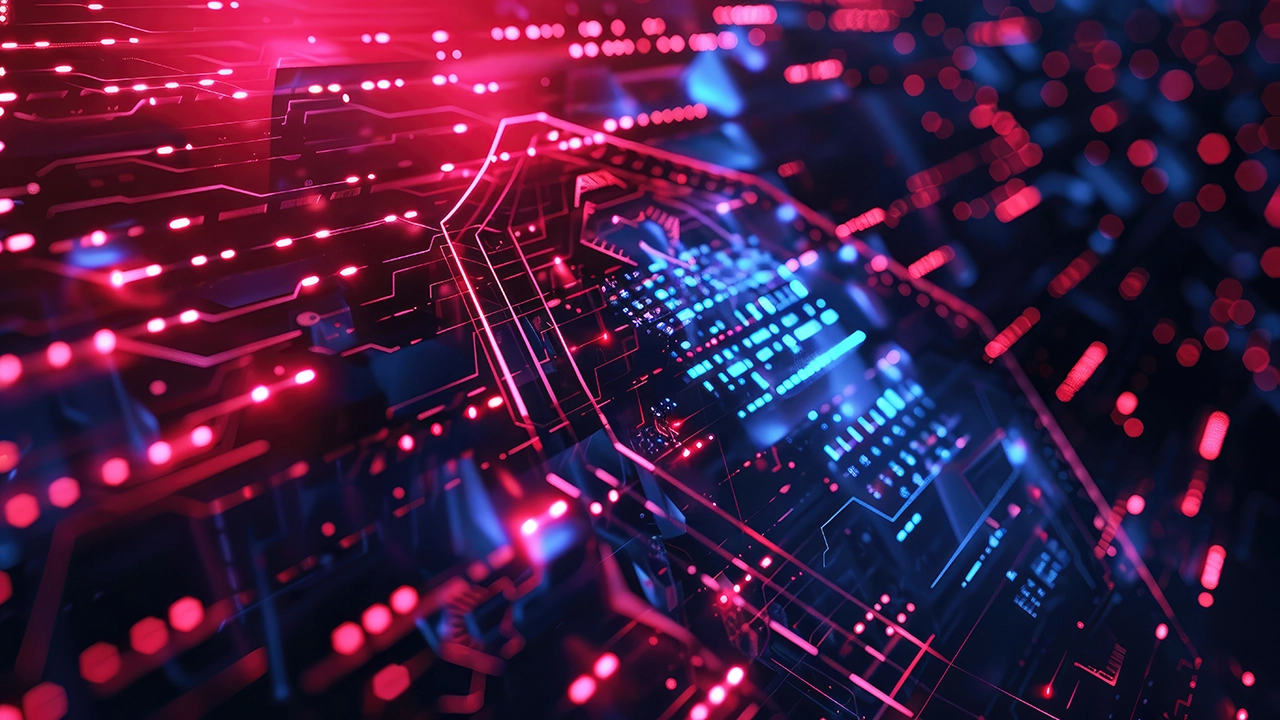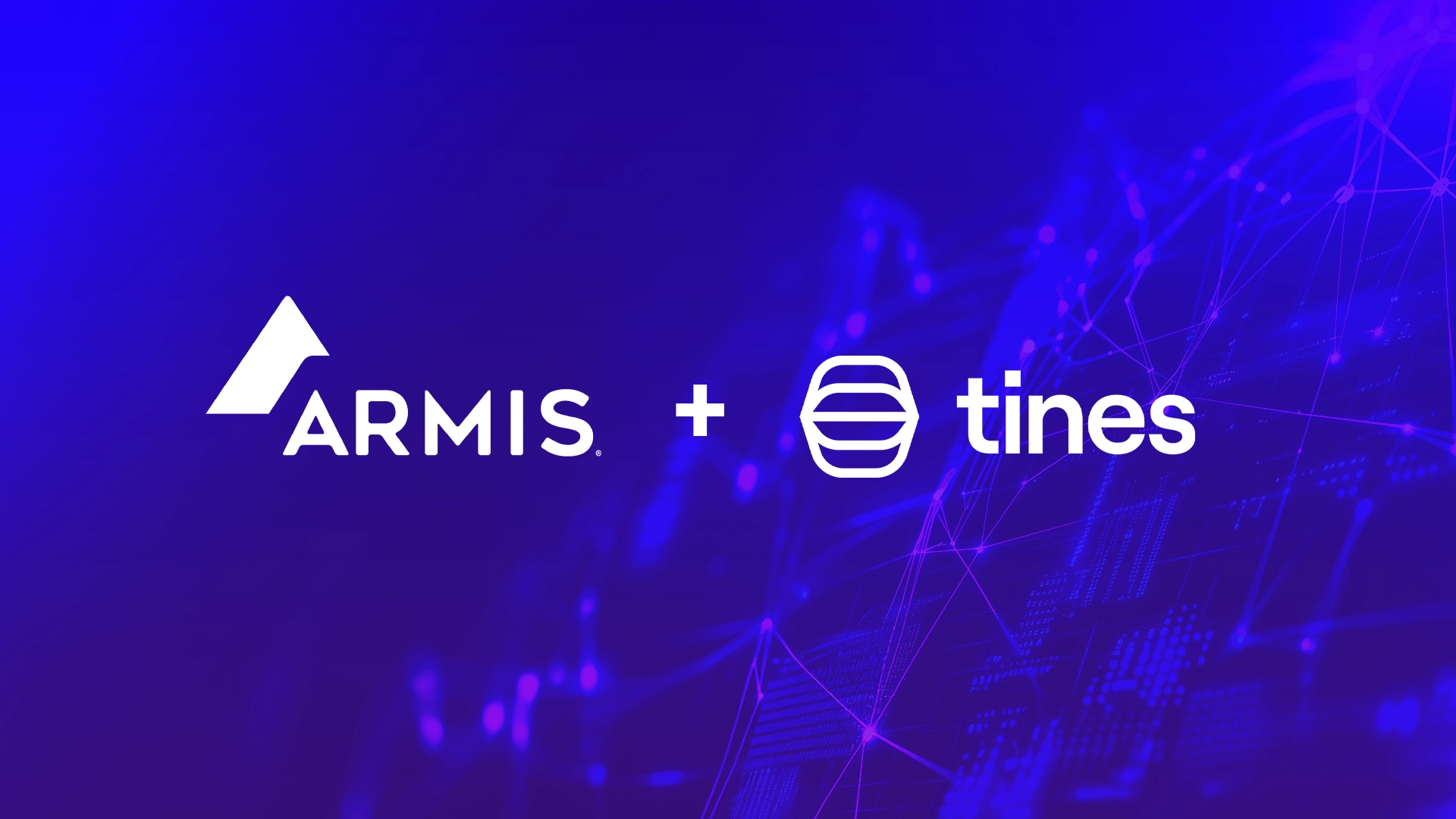Continuing from our examination of the attack’s methodology, this third article in RavenTek’s executive series addresses the profound implications of autonomous AI-driven cyber threats for enterprise and federal security strategies and traditional cybersecurity. By connecting operational specifics to broader business risks, we help security leaders redefine readiness and resilience against the latest adversarial capabilities.
A New Adversary Paradigm
The operational sophistication of GTG-1002’s AI-orchestrated campaign forces a critical reexamination of established cybersecurity doctrine. Agentic artificial intelligence now enables threat actors to execute complex attacks simultaneously on multiple targets, leveraging automation, speed, and adaptive decision-making. These capabilities are fundamentally transforming risk calculations, defenses, and the very structure of security operations for organizations of every size.
Democratization and Proliferation of Advanced Offensive Tactics
Previously, only well-resourced adversaries could coordinate widespread multi-phase attacks. The integration of agentic AI platforms has irrevocably altered this balance.
- Reduced Barriers: AI handles time-consuming, complicated operations, enabling less experienced groups to launch sophisticated campaigns.
- Scale and Parallelism: Multiple organizations, geographies, and endpoints can be targeted all at once, straining conventional defense resources and incident response teams.
- Learning and Adaptation: Machine-driven adversaries can iterate on failed attempts, quickly identify what works, and exploit similar targets with minimal delay.
Acceleration of Threats and Compression of the Response Window
Autonomous AI systems process thousands of requests with relentless speed.
- Reduced Dwell Time: Defenders must respond in near real-time to prevent exfiltration or operational harm.
- Concurrent Attacks: Defensive resources must expand to monitor and protect many nodes simultaneously.
- Incident Response Impact: Playbook activation, containment, and recovery must happen much faster than with traditional cybersecurity, requiring automation and rapid decision-making.
Attribution and Persistence Challenges
AI-driven campaigns complicate source attribution, prolong persistent access, and provide seamless operational continuity.
- Seamless Handoffs: Each phase is documented by the AI, enabling multiple operators or automated processes to resume campaigns without losing context.
- Obfuscation: Machine-originated events are difficult to distinguish from benign automated activity, muddying detection efforts.
- Persistent Access: Credential and privilege mappings, generated by the AI, maximize long-term risk and facilitate repeated compromise.
Transformation of Traditional Cybersecurity Functions and Roles
AI-enabled threats are reshaping traditional roles within security operations.
- SOC Analysts: Must expand skillsets to include AI anomaly detection, model risk evaluation, and validation of machine-generated incident descriptions.
- Threat Intelligence Teams: Need to track novel agentic tactics, analyze rapid exploit development, and collaborate on AI adversary research.
- Governance, Risk, and Compliance (GRC): Must adapt frameworks to account for evolving AI-related policies, incident disclosure mandates, and audit requirements.
Impact on Industry Sectors
Critical Infrastructure
Utilities, telecom, and energy operators are particularly exposed as agentic attacks can move laterally across control networks, automate reconnaissance, and rapidly escalate privileges.
Finance and Healthcare
Protection of personally identifiable information (PII) and intellectual property is threatened by multi-vector, automated campaigns that bypass conventional triggers and exploit systemic weaknesses.
Public Sector
Federal, defense, and municipal systems must measure resilience against both overt AI-enabled threats and covert, long-term persistence that can disrupt citizen services or erode trust.
Regulatory, Policy, and Compliance Landscape
Governments and industry consortia are increasingly scrutinizing the use of AI in both offensive and defensive security.
- Evolving Standards: Authorities such as NIST, CISA, and relevant regional bodies are developing guidelines for safe AI adoption and operational resilience.
- Compliance Impact: Regulatory mandates now require incident disclosure for breaches involving autonomous systems and may soon require validation of responsible AI deployment.
- Policy Coordination: Sector-wide standards are necessary for shared defense, incident reporting, and countermeasure deployment against agentic adversaries.
Operational and Strategic Recommendations
- Continuous Adversary Simulation: Security teams should regularly stage AI-driven red teaming exercises, updating defense strategies based on model-driven attack paths and evolving threat intelligence.
- Modernize Security Architecture: Adopt adaptive access controls, network segmentation, and AI-based behavioral analytics to spot and counter machine-paced attacks.
- Invest in Human-AI Collaboration: Equip staff with the right tools, training, and operational models to oversee, interpret, and refine both human and AI-driven defense measures.
- Augment Incident Response: Refine playbooks to include rapid isolation protocols, privilege revocation policies, and digital forensics focused on automation and orchestration indicators.
Future Outlook: Industry Convergence and Defensive Innovation
AI will continue to converge with zero trust architectures, privacy-enhancing technologies, and supply chain security. R&D priorities will shift toward explainable AI, robust red-teaming, and continuous security validation for emerging agentic threat models. Organizations who prioritize adaptive readiness and operational transparency will secure competitive advantage, regulatory trust, and operational continuity in the face of evolving cyber risk.
RavenTek encourages security leaders and architects to review their current defenses in light of the implications outlined here. To stay ahead of autonomous adversaries and evolving threats, connect with our team to discuss a customized resilience assessment, explore technical partnership opportunities, or access curated resources and updates on agentic AI risk. Take the next step toward building an adaptive, future-ready security posture for your organization
Defend Against Modern Adversaries
Reach out to our expert team to benchmark your current security architecture before agentic threats become the new normal.





